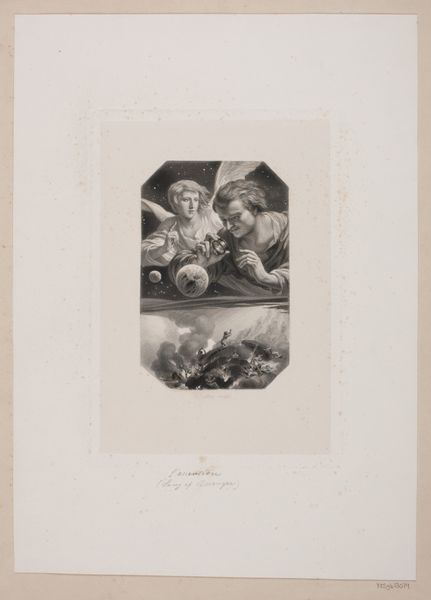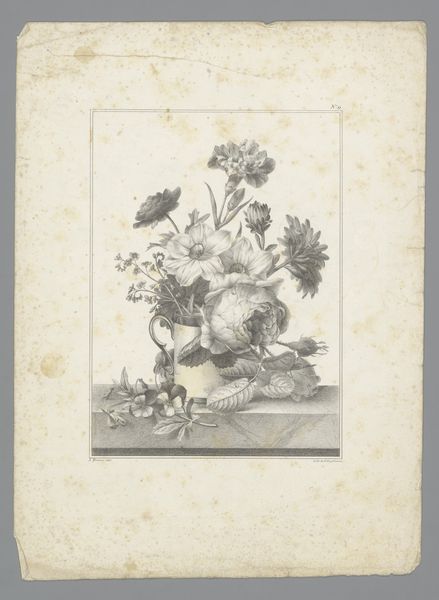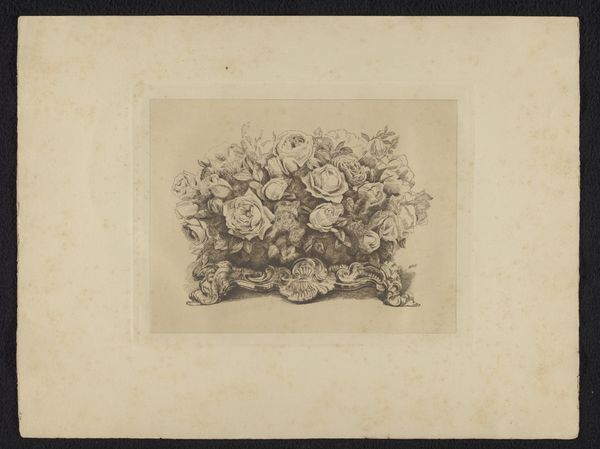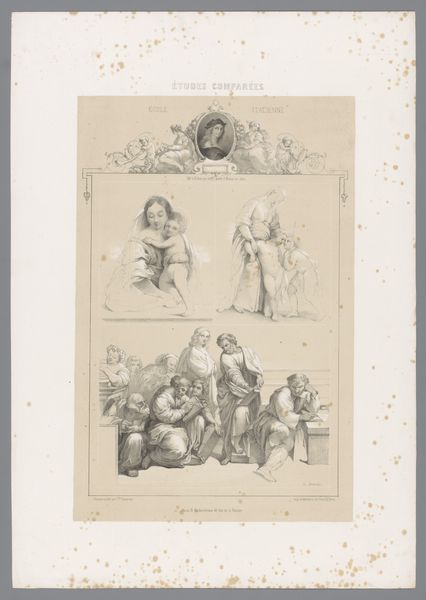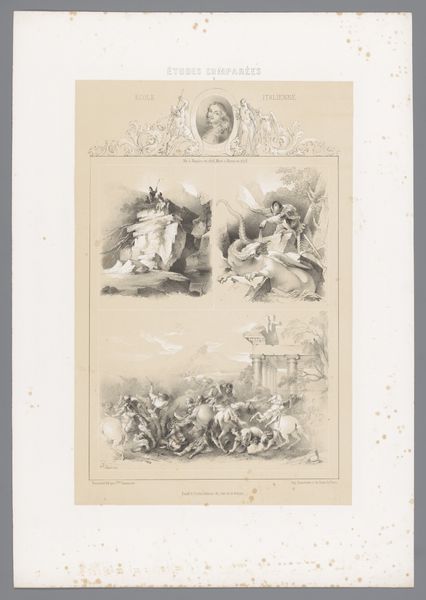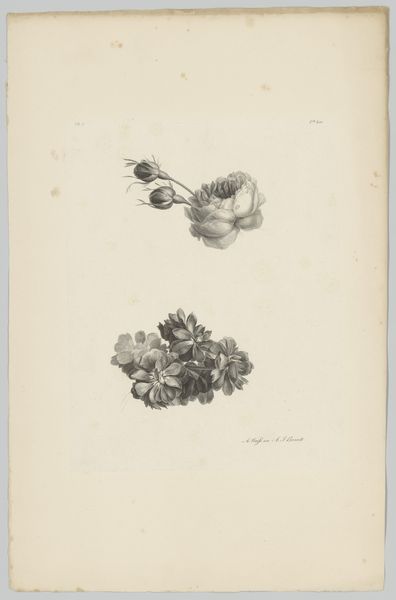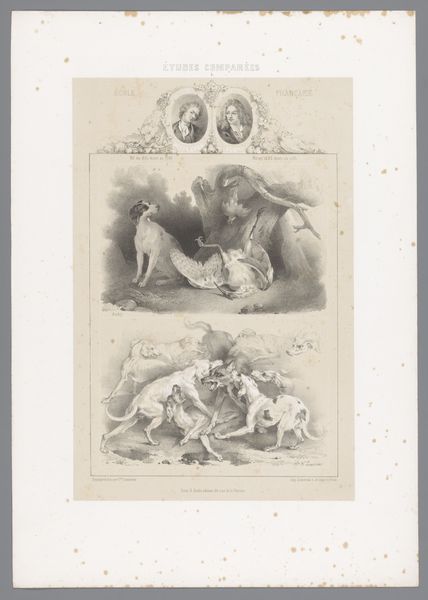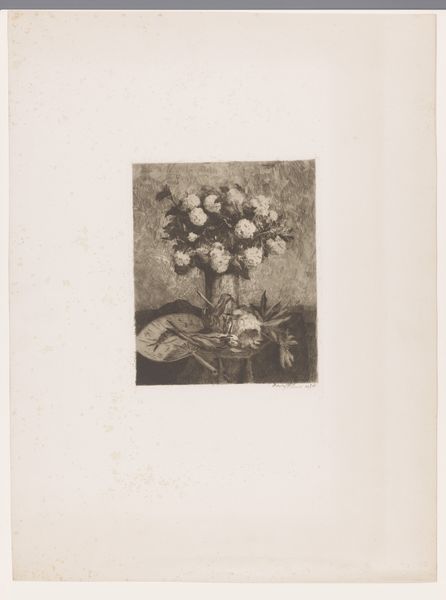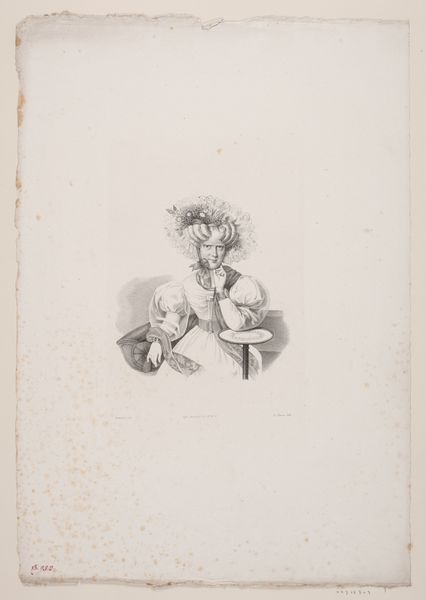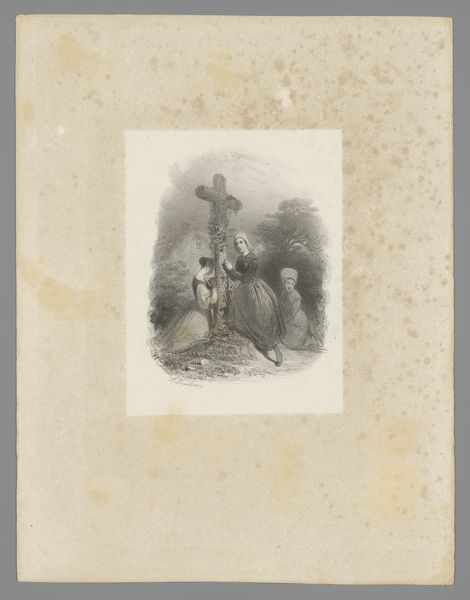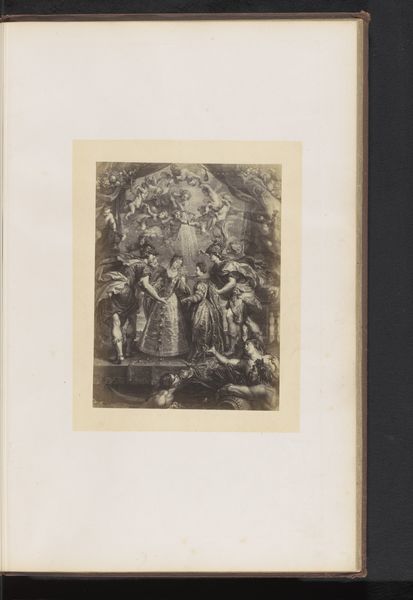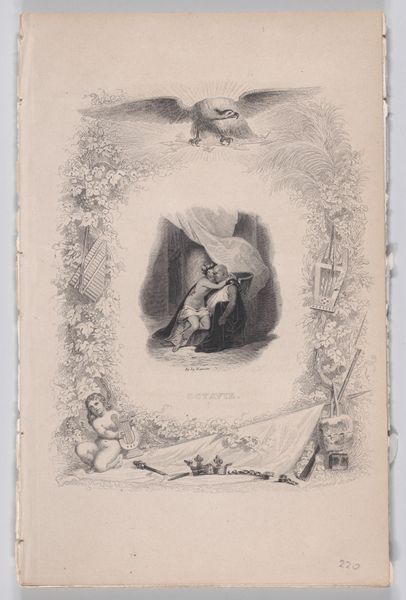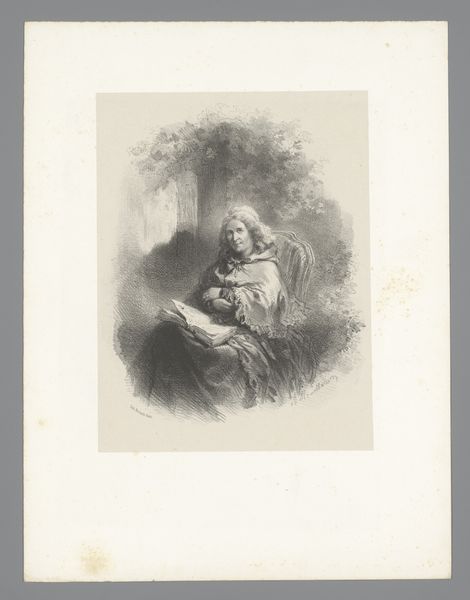
# print
#
academic-art
#
realism
Dimensions: height 438 mm, width 314 mm
Copyright: Rijks Museum: Open Domain
Editor: So, this is "Studies after Paintings by Jan van Huysum," made in 1850 by Charles Nicolas Lemercier. It's a print showing different still life arrangements. What jumps out to me is how each composition feels like a captured moment of abundance, but also, maybe, hints at fleeting beauty. What do you see in this print? Curator: I’m struck by the enduring appeal of Van Huysum's work, echoed through Lemercier's print. Fruit and flowers: consider what these symbols mean, and meant. Fertility, wealth, beauty, yes, but also vanitas. They speak of things that fade, of the transience of earthly pleasures. The carefully arranged compositions underscore this. Don't you find the rigid structure somewhat undermines the naturalism it’s trying to convey? Editor: That’s a great point! It's like they're trying to hold onto something that’s inherently temporary. Are you saying the print is layered with meaning beyond just pretty flowers? Curator: Absolutely. The repetition of similar motifs - the grapes, the roses - are those mere copies, or are they echoes? They’re not quite identical. Does the variation suggest individuality struggling to emerge, even within the constraints of reproduction? Consider how these images served to disseminate artistic styles but also transformed them in the process. Editor: So, it's not just about replicating an image, but also about transforming and passing on ideas through visual language? Curator: Precisely! And the academic-art style and realism place an emphasis on observing and recording nature, but that style can simultaneously emphasize underlying cultural and social beliefs about the world. Are these purely neutral studies, or do they communicate the desire for stability and permanence in a world of change? Editor: That adds so many more layers. Now I see it's not just a still life, but a reflection on how we preserve beauty and meaning. Curator: Indeed. By delving into symbols and how images speak, we understand both the artist's time, and also, perhaps, our own.
Comments
No comments
Be the first to comment and join the conversation on the ultimate creative platform.
